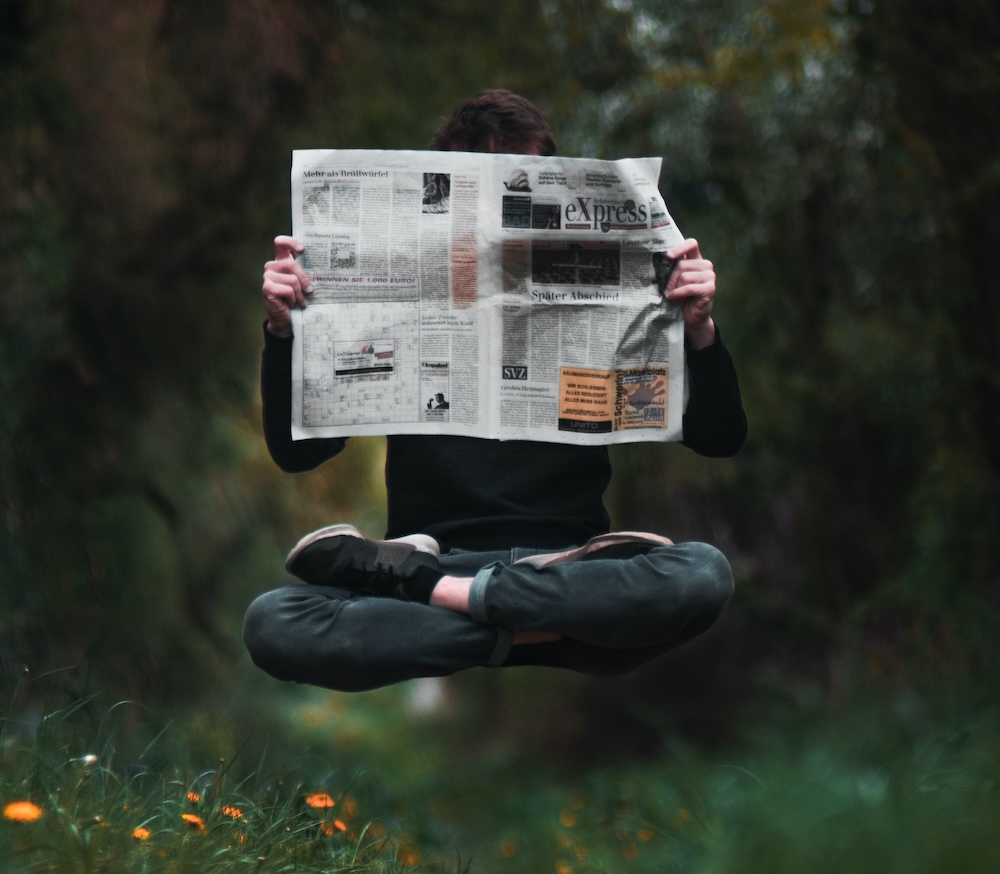27 October, 2022
Community Gabfest: Warm ups and Motivation
Conversations. Come to one. Come to the series. But, always, come as you are.
Educator Resources

What are information zones?
Information can be categorized into one of six “zones”: news, opinion, entertainment, advertising, propaganda or raw information.
Each category has a primary purpose: to inform, to persuade, to entertain, to sell, to provoke or to document.
Why is it important for us to understand this?
An essential 21st century skill is learning how to distinguish information that is reliable from disinformation, misinformation and fake news. Information literacy requires an understanding of the media landscape and knowledge about how to use our critical thinking skills in this landscape.
If we understand a little about the purposes of different forms of information, it helps us analyze and evaluate the media we are consuming and interacting with. If we confuse the categories, we can ascribe incorrect purposes to the information we access.
Building lessons with practitioners
In our recent Information Literacy series, we looked at some possibilities for how to combine News Literacy Project and Checkology curriculum resources to create an Information Zones lesson for emergent readers.
The News Literacy Project is a website designed to help teachers make sure that students are skilled in news literacy and develop the knowledge and ability to participate in their communities as well-informed, critical thinkers. Checkology is a virtual classroom from the News Literacy Project. Many of the lessons on this site are presented by working journalists.
See all Information Literacy Resources.